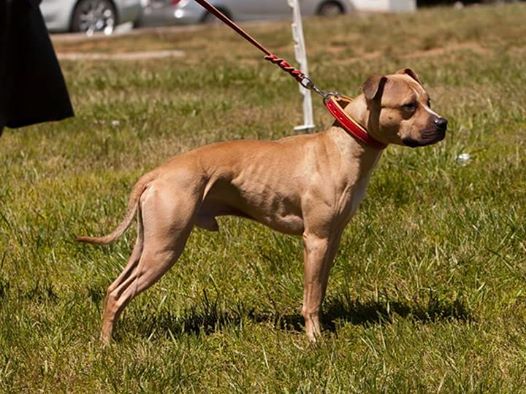-
 Dismiss Notice
Dismiss NoticeWelcome to Game Dog Forum
You are currently viewing our forum as a guest which gives you limited access to view most discussions and access our other features. By joining our free community, you will have access to post topics, communicate privately with other members (PM), respond to polls, upload content and access many other special features. Registration is simple and absolutely free so please, join our community today!
If you have any problems with the registration process or your account login, please contact us.
The Sport in Japan
Discussion in 'Sports & Activities' started by kiwidogman, Jul 9, 2018.
